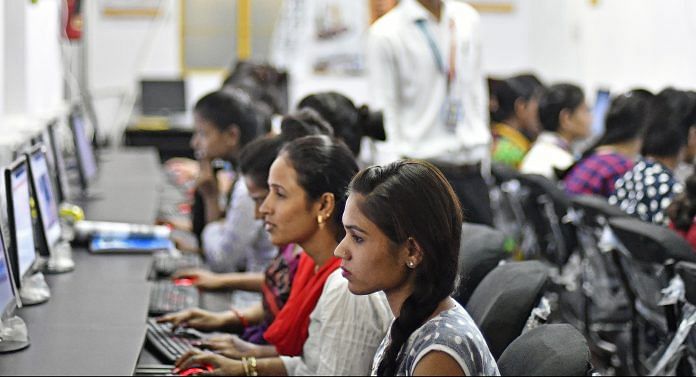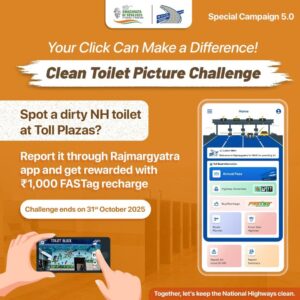First-Time Employees to Receive Up to ₹15,000 Under Govt’s ELI Scheme, Starting August 1

The Union Cabinet chaired by Prime Minister Shri Narendra Modi has approved the Employment Linked Incentive (ELI) Scheme—a major initiative to promote job creation, enhance employability, and extend social security across all sectors, with special emphasis on the manufacturing sector.
The ELI Scheme was announced earlier in the Union Budget 2024–25 as part of the Prime Minister’s comprehensive package of five schemes targeting employment, skill development, and related opportunities for 4.1 crore youth, with a combined budget outlay of ₹2 lakh crore. Specifically, the ELI Scheme itself carries an outlay of about ₹99,446 crore, aiming to help create over 3.5 crore new jobs over the next two years. The benefits under the scheme apply to jobs generated between 1st August 2025 and 31st July 2027.
Key Objectives:
Support large-scale employment generation across all sectors.
Promote formal employment and extend social security benefits to first-time workers.
Encourage employers, especially in the manufacturing sector, to hire more employees.
Build saving habits among young workers through linked financial literacy initiatives.
Scheme Structure:
The ELI Scheme consists of two parts:
- Part A: Incentives to First-Time Employees
- Part B: Support to Employers for Creating Additional Employment
Part A: Incentives to First-Time Employees
This part of the scheme focuses on encouraging young people to join the formal workforce by offering them a direct incentive.
Target group: First-time employees who register with EPFO.
Benefit: One month’s EPF wage, up to ₹15,000, paid in two installments:
1st installment: after completing six months of continuous employment.
2nd installment: after completing twelve months of employment and a financial literacy course.
Eligibility: Employees drawing a monthly salary up to ₹1 lakh.
Encouraging savings: A part of the incentive will be deposited in a fixed savings instrument or deposit account, which can be withdrawn by the employee later, to cultivate the habit of saving.
This component is projected to benefit approximately 1.92 crore first-time employees.
Part B: Support to Employers
This part aims to encourage employers to expand their workforce by hiring additional employees, with a special push for the manufacturing sector.
Coverage: All sectors, with extended benefits for manufacturing.
Eligibility for employers: Must be registered with EPFO.
Requirement:
Establishments with fewer than 50 employees must hire at least two additional employees.
Establishments with 50 or more employees must hire at least five additional employees.
New hires must be retained continuously for at least six months.
Incentives for employers: Paid for employees earning up to ₹1 lakh per month:
Up to ₹10,000 EPF wage → ₹1,000 per employee per month.
₹10,001–₹20,000 EPF wage → ₹2,000 per employee per month.
₹20,001–₹1,00,000 EPF wage → ₹3,000 per employee per month.
Incentive period: Two years; for employers in the manufacturing sector, the period extends to the third and fourth years too.
This part of the scheme is expected to help employers create nearly 2.60 crore additional jobs.
Incentive Payment Mechanism:
For first-time employees (Part A): Payments will be transferred directly into their bank accounts via DBT (Direct Benefit Transfer) using the Aadhaar Bridge Payment System (ABPS).
For employers (Part B): Payments will be credited directly into their PAN-linked accounts.
Expected Impact:
With this scheme, the government aims to:
Substantially boost job creation across all sectors, especially manufacturing.
Encourage more youth to join the formal workforce.
Extend social security coverage to crores of young men and women.
Strengthen saving habits through linked financial literacy programs and saving instruments.
Overall, the Employment Linked Incentive (ELI) Scheme is a comprehensive strategy to catalyze job creation, promote formalization of the workforce, and support both employees and employers in shaping a more secure and dynamic employment environment for India’s youth.











